By all accounts, April Fools’ Day in Manchester this year was a quiet affair. But not at the Etihad stadium, where Manchester City hosted Liverpool in a crucial English Premier League match.
Jurgen Klopp’s men were trying to rally their way to Champions League qualification following a desperately disappointing season during which they had been knocked out of contention for all major titles by March. When the two teams met at the Etihad, Liverpool were 19 points behind City and in seventh place. City were second.
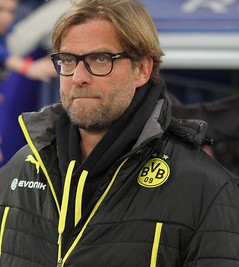
“The main thing against City is to cut off the passing options between the lines,” said Klopp in a pre-match interview to BT Sport. “That is a massive challenge.”
Considering the match ended 4-1 in City’s favour despite Liverpool taking the lead, Klopp’s prescience shows how well the German knew City, and yet how little his team could do to stop them. Klopp would not have been surprised if, at the final whistle, Pep Guardiola had turned in his direction, pointed at him and guffawed, “April Fool!”
Again and again during the match, Liverpool tried to press City. Again and again, the champions gave them the slip. The Reds would’ve had better luck trying to catch eels racing one another in butter.
- When Liverpool tried to press a City player, he passed the ball to a teammate.
- If Liverpool tried to play on the counter, City took advantage of the spaces left at the back by Liverpool and punished them ruthlessly. (City’s first, second and fourth goals).
- If Liverpool tried to close City’s passing lanes, Guardiola’s men kept moving, which meant the Reds could not remain static while marking them. (City’s third goal).
Of all the teams to have competed against Guardiola’s City, Liverpool have been acknowledged as their premier rivals. The Spanish great himself said so in April 2022, observing, “I will remember my period (in England), when I’m retired watching and playing golf, I’ll remember my biggest rival was Liverpool, for sure.”
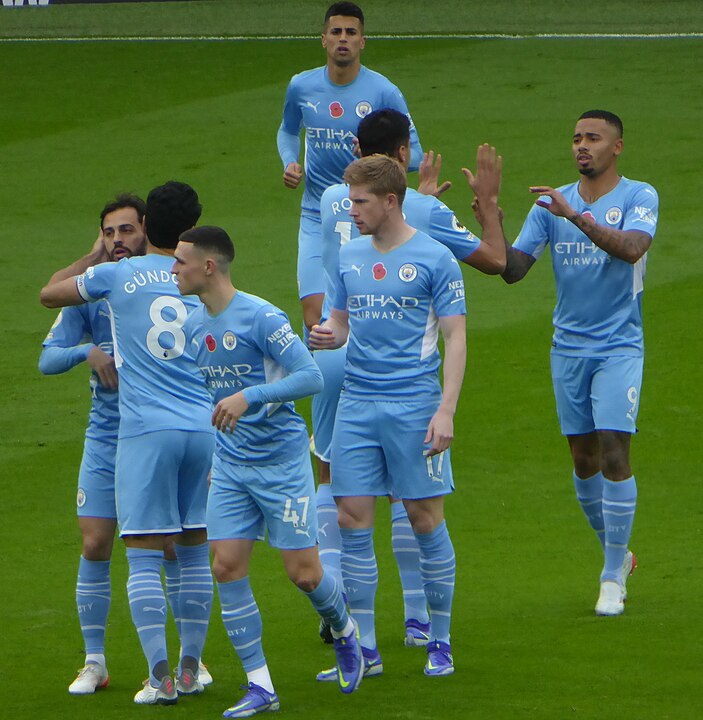
So if Liverpool find it hard to stop City, how do you stop them?
While there is no surefire formula that can work against a great team like City, some tactics have worked better than others.
City have played 60 competitive matches so far this season, out of which they have lost just 7 times.
Two teams have beaten The Citizens twice this season – Brentford and Liverpool. Thomas Frank’s Brentford did a surprise ‘double’ over the champions in the Premier League, winning both their fixtures against City, while Klopp’s men beat Guardiola’s charges once in the Community Shield and once more in the league.
The other teams that have managed to beat City this season are Southampton (in the EFL Cup), Manchester United and Tottenham Hotspur (league).
Teams that have faced City this season have, in general, adopted one of these 5 methods when playing them:
- Closing off City’s passing lanes, pressing and playing on the counter
- Parking the bus
- Playing solely on the counter-attack
- Closing off City’s passing lanes in the centre and forcing them to the flanks
- Playing aggressively, pressing City and forcing them to be on the backfoot
1) CLOSING OFF CITY’S PASSING LANES
In the 25th minute of Liverpool’s match against City on April 1, City centre-back Manuel Akanji entered Liverpool’s half and passed the ball to winger Riyad Mahrez, who was occupying the half-space on the right. City playmaker Kevin De Bruyne, upon seeing Mahrez receive the ball, stationed himself outside the Liverpool box and a few yards away from the Algerian, in case the winger needed to pass him the ball.
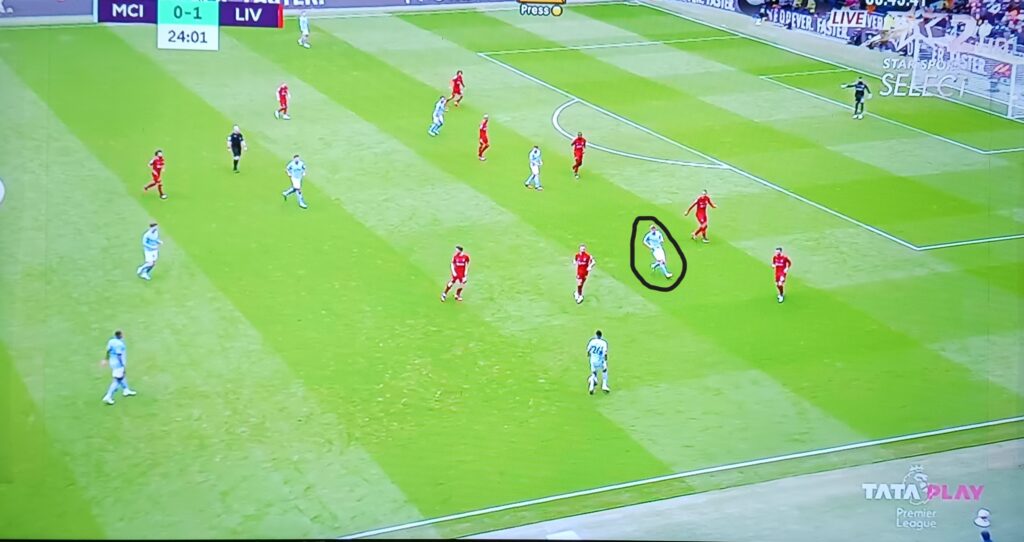
Liverpool captain Jordan Henderson, who was marking De Bruyne, tracked the Belgian’s run and parked himself in front of De Bruyne. The 31-year-old City playmaker was now surrounded on 3 sides by Liverpool players – Henderson in front, and Virgil Van Dijk and Andy Robertson on either side behind him.
Mahrez, unwilling to take the risk of losing the ball by passing to De Bruyne, chose to pass to Rodri, who was to the Algerian’s left.
De Bruyne immediately took off from his spot, foiling Liverpool’s plans to contain him. He ran past Rodri and the Spaniard promptly passed the ball to him. De Bruyne went on to swiftly dispatch the ball to Jack Grealish on City’s left wing, where the Englishman was in acres of space.
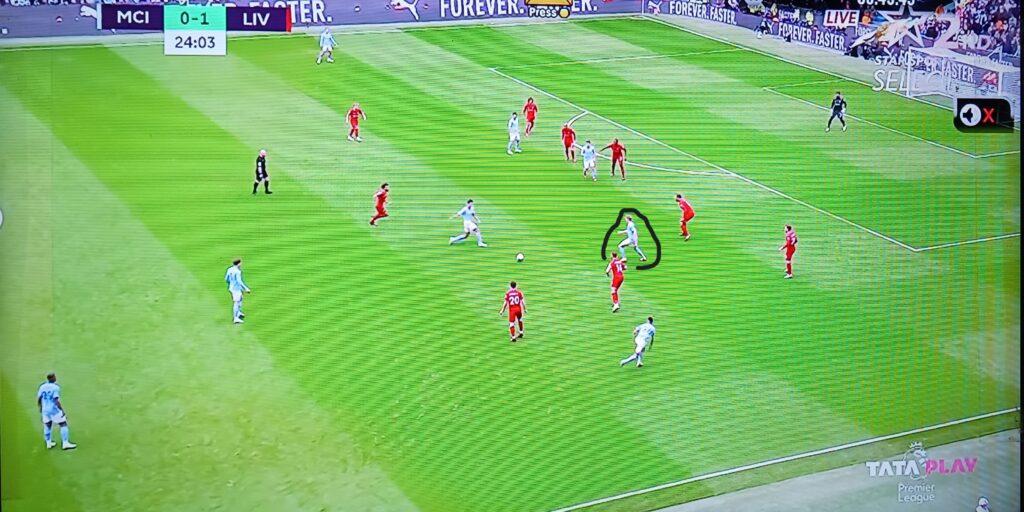
Grealish’s effort to exploit the space in front of him would eventually prove unsuccessful but just 2 minutes later, he would go on to assist City’s opener by providing the final pass for Julian Alvarez’s goal. The goal was borne out of a move initiated by De Bruyne.
It’s not just De Bruyne that is consummate at thwarting opposition efforts to choke off City by closing their passing lanes. Julian Alvarez, who joined the English champions only last summer, showed in the same match against Liverpool how quickly he had adapted to Guardiola’s style of play.
In the 54th minute of the match, City defensive midfielder John Stones passed the ball to Mahrez on the right flank. Stones then slipped into the Liverpool penalty box in anticipation of a return pass from the Algerian. However, Liverpool captain Henderson and left-back Robertson teamed up to block Mahrez’s path to Stones, cutting off his line of supply. Behind them stood Liverpool winger Cody Gakpo, who was trying to cut off the passing lanes to Alvarez and City captain Ilkay Gundogan. Alvarez and Gundogan were positioned in and around the Liverpool box.
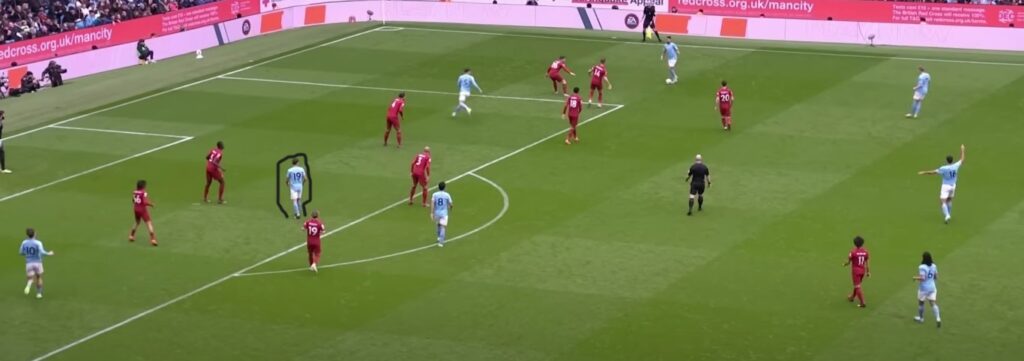
Mahrez, seeing his options restricted, passed the ball to De Bruyne, who was available to his left. Liverpool’s marking kept pace with the move, with Gakpo still blocking the passing lane to Alvarez. Liverpool midfielder Fabinho did the same to Gundogan, blocking De Bruyne’s access to the German.

However, when De Bruyne passed the ball to Rodri in central midfield, Alvarez charged forward from his position and raced past Fabinho, making himself available to his Spanish colleague and derailing Liverpool’s attempts to block City’s passing lanes.
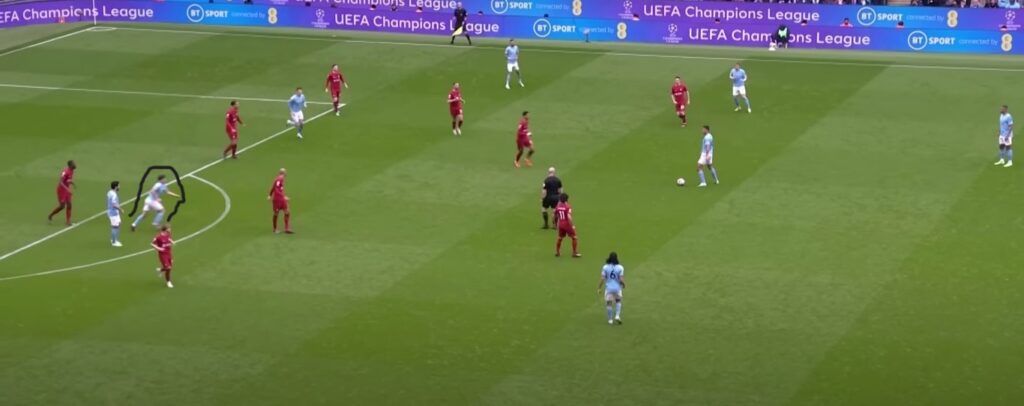
Alvarez would go on to collect the ball from Rodri and pass it to Stones, sparking City’s move that would eventually result in their third goal of the evening.
A sorely disappointed Klopp shared his discontent after the match. “If you look at the game, I think we had around about 4 performances who were okay,” he said.
“If you want to get something from here, then 14 or 15 players have to be on top of their game, and that was not the case, again.”
2) PARKING THE BUS
Some teams playing City put faith in their rearguard and opt for dogged defence, planning to surprise the champions on the counter-attack.
This ploy almost always fails, and is quite risky. This is because:
- City have the skill to pin the opposition to the ground till they make a mistake and then exploit it to breach their defence (as West Ham United learnt)
- They have the players to manufacture a goal out of nothing if they can’t breach the opposition defence (as Everton can attest) and
- If they discover the opposition is too scared to engage with them, they can brutally expose their weaknesses and humiliate them (as Leeds United can certify).
West Ham United played City at the Etihad in a Premier League match on May 4, and thanks to some dogged defence, held off Guardiola’s men to a goalless first half. City made several forays into the Hammers’ penalty box during the first 45 minutes, but their efforts were beaten back by a determined West Ham backline.
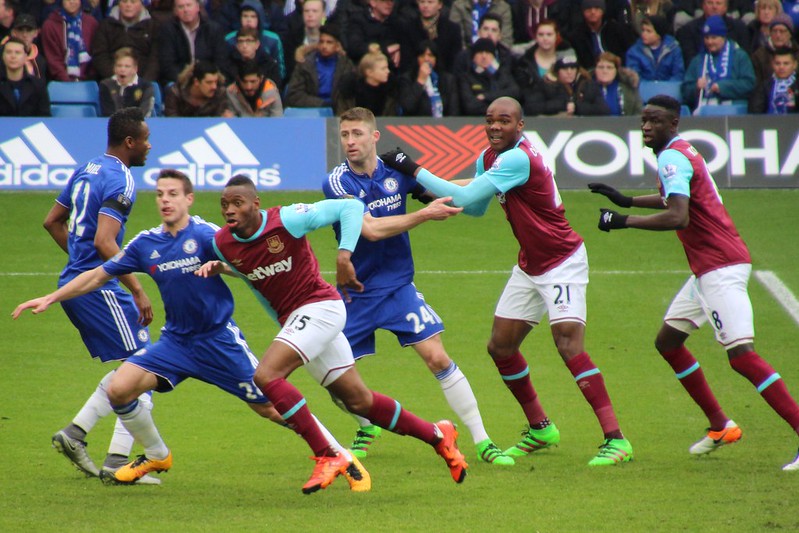
However, City kept up the assault in the second half, and took the lead as early as the 49th minute. Hammers centre-back Angelo Ogbonna mistimed his jump while defending a City freekick and ended up allowing Nathan Ake a free header at West Ham’s back post. It was Ogbonna’s first real slip-up of the night and it was ruthlessly punished. The Hammers conceded 2 more goals on the night, without scoring any in reply.
Sometimes the opposition defence is playing out of its skin and City seem unlikely to score at any time. In matches like these, City’s biggest names step up and sprinkle a bit of gold dust on the proceedings, conjuring goals out of nothing.
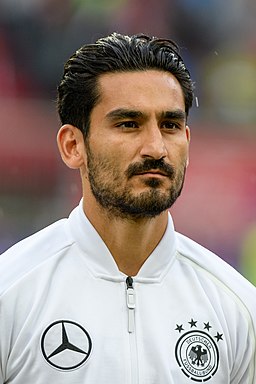
Like Ilkay Gundogan did against Everton.
Thirty five minutes into the May 14 match at Goodison Park, Sean Dyche’s Everton were holding firm against the champions. They had defended exceptionally inside their penalty box, repelling multiple City attempts at goal while at the same time threatening to take the lead by attacking City’s high backline and vulnerability on set-pieces.
In the 36th minute, Mahrez pinged in a cross from the right side of the Everton penalty box into the 6-yard-box, where Gundogan had just rushed in. The City captain had Everton defenders Nathan Patterson and Yerry Mina on either side of him. The 32-year-old sensed that Mahrez’s cross was too high for comfort and jumped up slightly to control the ball with his right thigh.
With the ball still in the air but now at a more manageable height, Gundogan, with most of his back turned away from goal, flicked the ball into the net with his right foot. Patterson and Mina looked at each other like 2 spectators at a David Blaine performance: “I can’t believe he did that,” they seemed to tell each other.
City would score again 2 minutes later, and eventually won 3-0 on the night.
Everton manager Dyche was not surprised by Gundogan’s goal.
“We did so well at Brighton (who Everton had beaten 5-1 the previous week),” said Dyche after the match. “(But City are a) different side, you know, they can open you up in different ways. With all due respect to Brighton, these (guys) can open you up in many different ways.”
Leeds United were 17th in the Premier League table and battling to stay in the top flight when they visited the Etihad stadium on May 6. However, under new manager Sam Allardyce, the Peacocks played without a whisper of ambition against the table toppers, resorting to a low-block to contain City. When the tactic failed and City scored twice within 27 minutes, Leeds were content to be chasing shadows for the rest of the match.
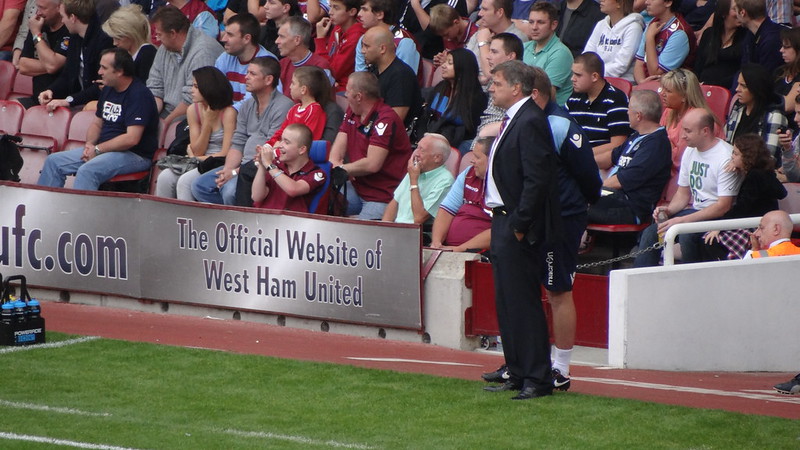
During an almost 5-minute stretch well into the second half of the match, Leeds’ outfield players touched the ball a total of 6 times. By contrast, City’s outfield players touched the ball 92 times during the same duration. Throughout the match, Leeds players tried to keep pace with the City players and disrupt their game plan, but City barely broke a sweat on their way to 3 more points.
That the Peacocks left the Etihad with just a 1-2 defeat was a minor miracle, only thanks to a missed penalty by Gundogan, the brilliant form of Leeds goalkeeper Joel Robles and a superb opportunistic goal by Leeds forward Rodrigo Moreno.
3) PLAYING SOLELY ON THE COUNTER-ATTACK
Choosing to play purely on the counter-attack against City can work – if your defence can hold up under pressure and your offence has the ability to capitalise on the spaces left behind by City when they attack.
When this tactic fails, though, the contest ends up looking embarrassingly mismatched. The manoeuvre worked for Real Madrid last season, during both legs of their semifinal against City in the UEFA Champions League. It worked again for Real last month, during the first leg of their Champions League semifinal against City in Madrid.
But not a week later, during the second leg in Manchester.
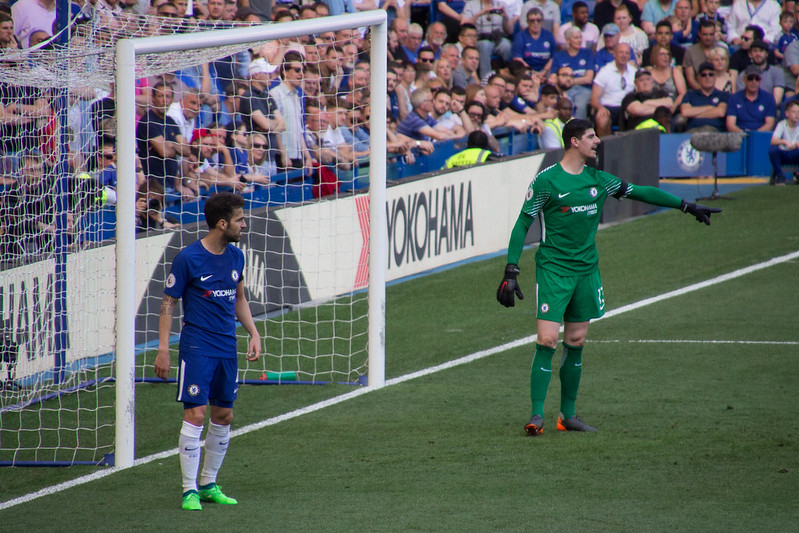
With the tie balanced at 1-1 after the first leg and last season’s exit from Europe at the hands of Madrid seared into their memory, City made a breathless start in Manchester. The defending champions scrambled to fortify their goal as City created chance after chance to take the lead.
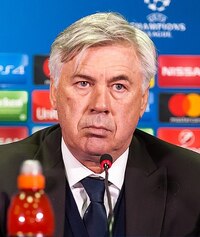
After 37 minutes, the Spanish giants were 0-2 down and trailed 1-3 on aggregate. But for the magnificent form of Madrid goalkeeper Thibaut Courtois, it could have been much worse. Real, to their credit, acknowledged this reality, and finally began to start pressing City.
Real’s attempts still could not stop the eventual 0-4 scoreline, but helped avoid dismemberment.
“They played better than us and deserved to win,” Real coach Carlo Ancelotti admitted after the match.
“They put a lot of pressure at the beginning, it worked out well for them because they made it very difficult for us to get the ball in play and they went two goals ahead. From then on, it was difficult to get back into the game. We tried in the second half… but it didn’t work out.”
Unlike Real, who never quite got the better of City this season despite their attempts to do so, 2 teams did manage to stop the City juggernaut from trampling them – and one even managed to play City off the park during their encounter. We’ll look at the 2 teams involved and the tactics they used in the concluding part of this article.
